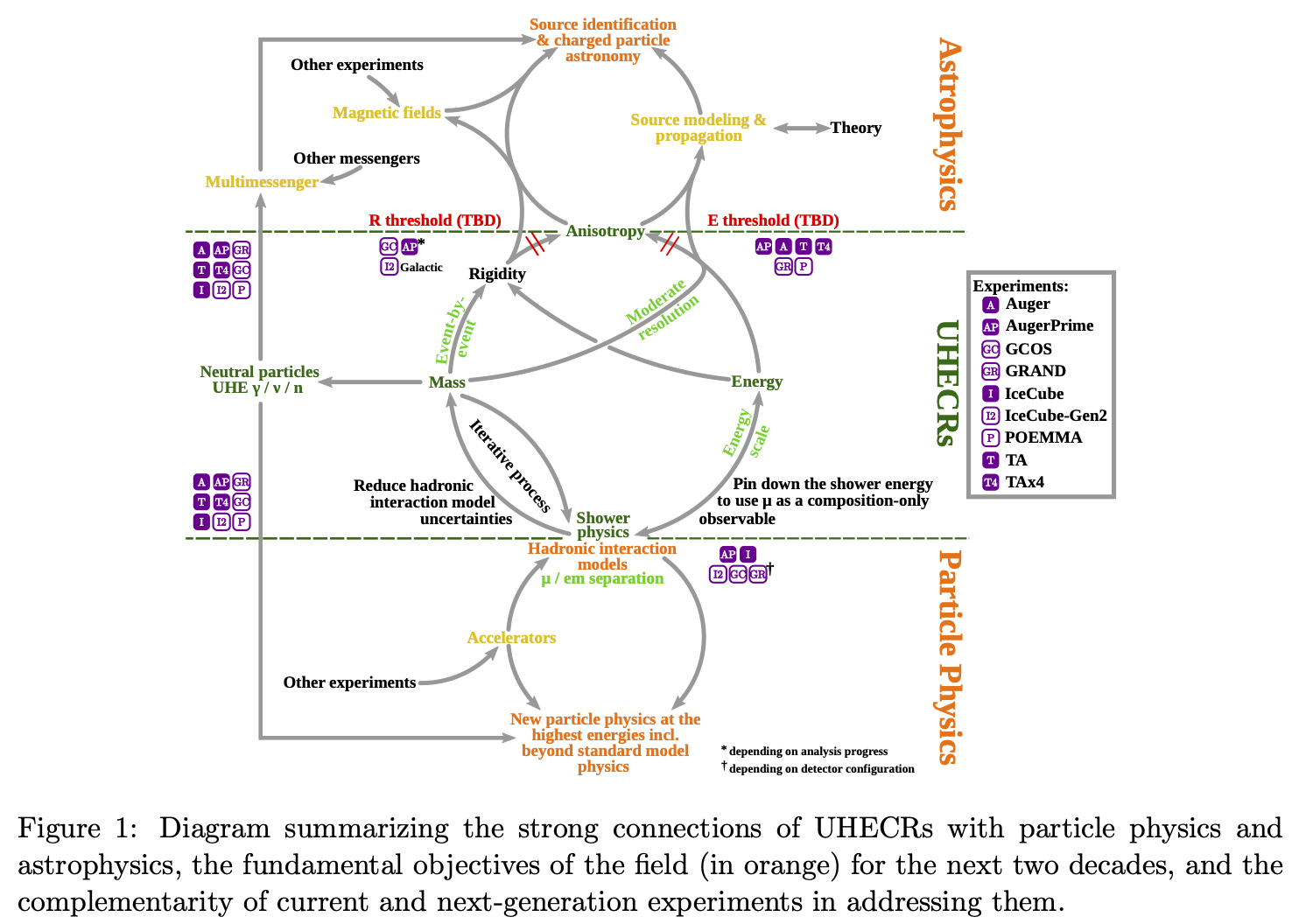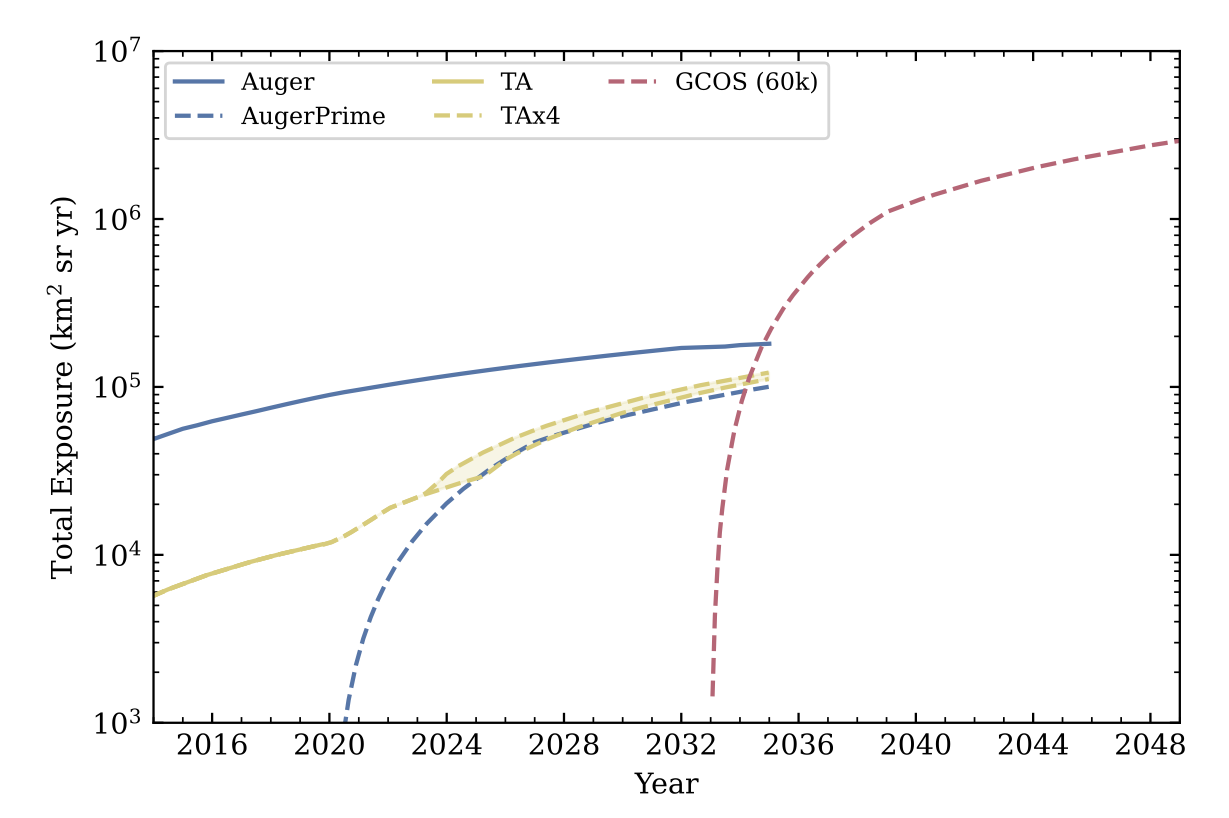Science
Nature is providing particles at enormous energies, exceeding 1020 eV - orders
of magnitude beyond the capabilities of human-made facilities like the Large
Hadron Collider (CERN). At the highest energies the precise particle types are
not yet known, they might be ionized atomic nuclei or even neutrinos or
photons. Even for heavy nuclei (like e.g. iron nuclei) their Lorentz factors
exceed values of 109. The existence of such particles imposes
immediate, yet to be answered questions:
- What are the physics processes involved to produce these particles?
- Are they decay or annihilation products of Dark Matter?
If they are accelerated in violent astrophysical
environments:
- How is Nature being able to accelerate particles to such energies?
- What are the sources of the particles?
- Do we understand the physics of the sources?
- Is the origin of those particles connected to the recently
observed mergers of compact objects - the gravitational wave sources?
The highly-relativistic particles also provide the unique possibility to study
(particle) physics at it extremes:
- Is Lorentz invariance (still) valid under such conditions?
- How do these particles interact?
- Are their interactions described by the Standard Model of particle
physics?
When the
energetic particles interact with the atmosphere of the Earth, hadronic
interactions can be studied in the extreme kinematic forward region (with
pseudorapidities > 15):
- What is the proton interaction cross section at such energies (> 105 GeV in the CMS system)?
UHECR White Paper
The GCOS science case is outlined in the UHECR White Paper.
The role of GCOS in the future high-energy landscape is illustrated in the figure (taken from the White Paper):

GCOS White Paper
Details on the science case and ideas about the instrumental implementation are given in the GCOS White Paper.

Expected exposures of GCOS (dashed red line) and existing air shower
arrays as function of time. A band is shown to indicate the exposure for
various deployment schedules for TAx4. The solid blue line denotes the total
Auger exposure and the exposure collected with the upgraded AugerPrime
detectors is indicated by the blue dashed line.
|

